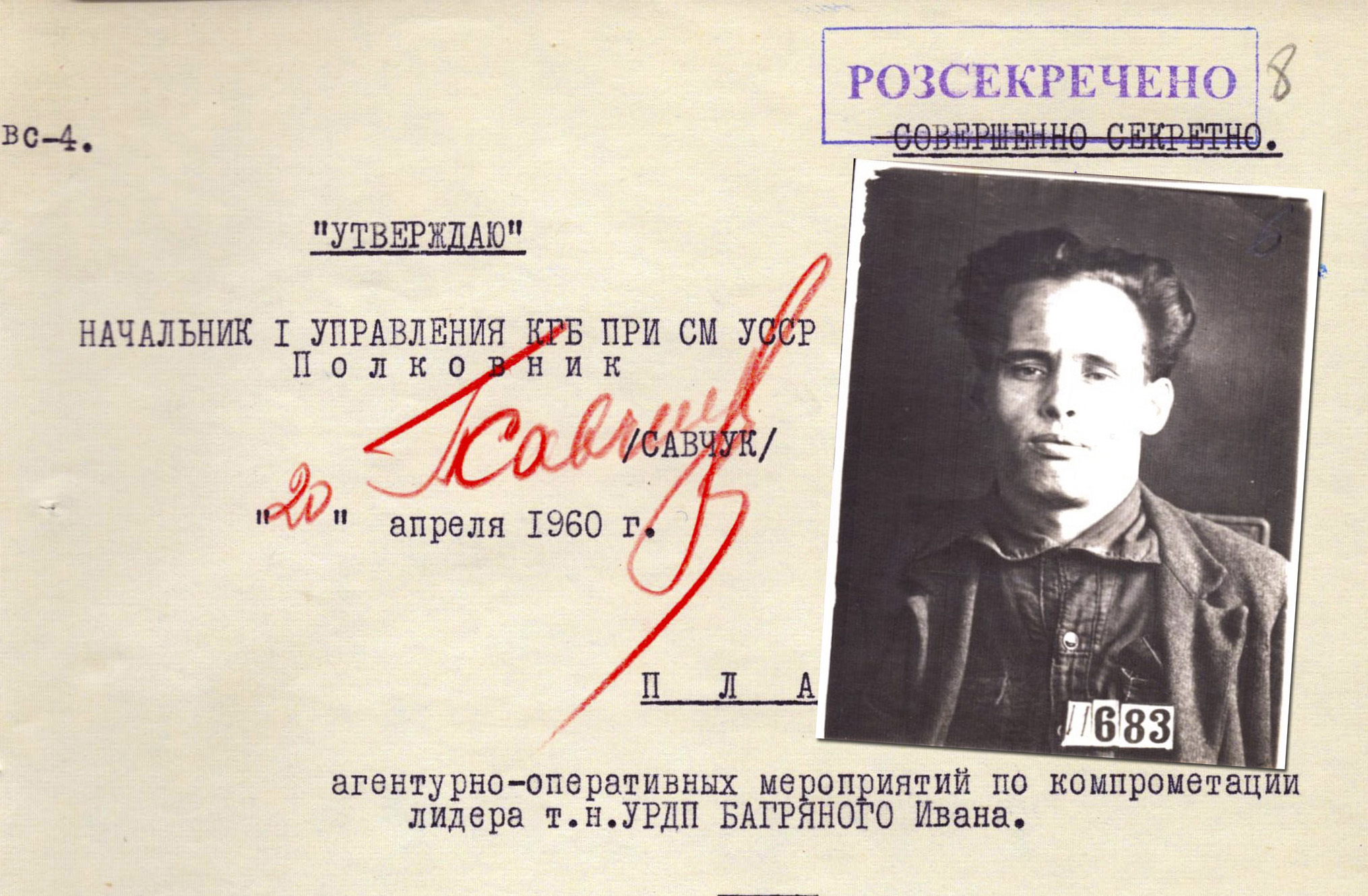RAND Corporation: Russia's Failure to Turn Its Hostile Actions into Strategic Gains Is Obvious
11/24/2021

What types of hostile activities has Russia engaged in globally since 2010? How do the types and intensity of these activities vary by region? These questions are answered by a report by the American think tank RAND Corporation “Analysis of Russian Irregular Threats”.
The authors of the report outline strategic trends related to Russia's global influence, and assess hostile actions such as information warfare, political subversion, and the use of violence or the threat of violence through proxies to undermine political order and influence vulnerable governments.
Researchers have concluded that Russia continues to engage in a wide range of hostile measures globally, but the intensity of its behavior varies in different regions and for different types of activities.
Scientists have not found evidence that Russia has been able to translate its hostile measures into strategic gains. Outside the former Soviet space, Russia typically engages in higher-intensity, physical activities only in more fragile states afflicted by civil conflicts, such as Syria and Libya. In more stable countries, Russian actions are typically limited to influence operations.
Western nations have kept up a relatively united front against Russian hostile activities, sustaining sanctions longer than many skeptics had expected and arresting the decline in European military spending. As a result of these sanctions, Russia has incurred some economic costs, and it has experienced a sharp decline in Western public perceptions.
However, Russia's apparent failure thus far to translate its hostile measures into strategic gains should not induce a sense of complacency among U.S. or Western decisionmakers. The United States and its allies should expect Russia to take greater risks in conflict zones and where it has greater influence than the West, in the former Soviet and Eastern European states.


